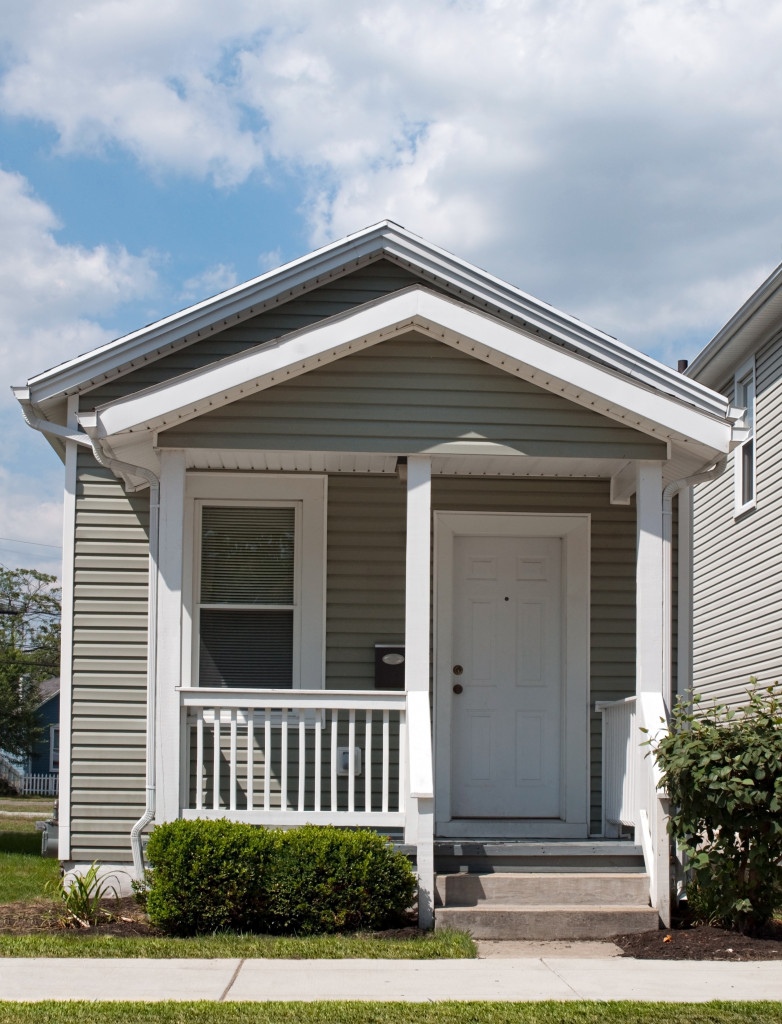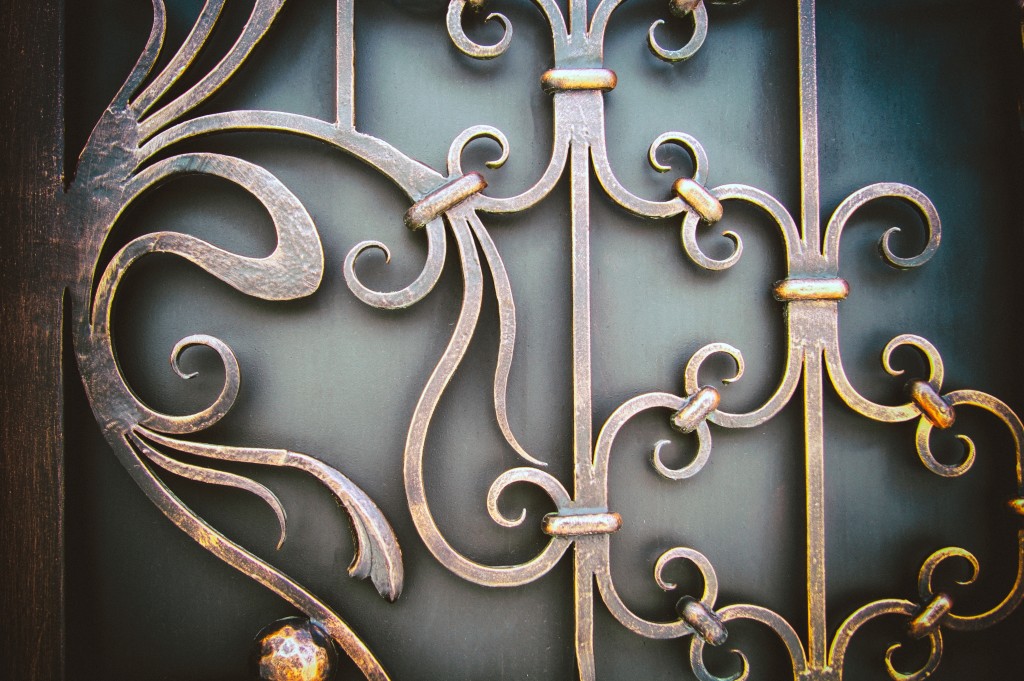The unprecedented impact of the COVID-19 pandemic has forced people to reconsider their living spaces. Spending more time indoors inspired homeowners to take on home improvement projects or hire a general contractor to make their homes more agreeable to live in.
On the other hand, a growing number of people are moving out of big homes in exchange for a simpler life in a one-room dwelling. These people are a part of the growing housing trend called the tiny house movement. This movement refers to a group of people who opt to live simpler lives within small or tiny dwellings. Small houses are anything less than 1000 square feet, while the tiny ones are at least 400 square feet.
The tiny house movement is considered a creative and radical way to deal with the lack of cheaper housing, and a way to reduce living expenses, eschew large mortgages, and live an eco-friendly lifestyle. In fact, this trend may likely impact the real estate industry as more people consider living in tiny homes within a rented land instead of buying traditional properties.
To shed light on the concept behind the tiny house movement, we’ll talk about the reasons why people are opting to live in tiny houses.
Freedom of movement
Most tiny houses are known for their mobility. This is perfect for individuals looking for freedom to explore different locations or live wherever they want.
Owners of tiny homes consider self-sufficiency as one of their reasons to try living in a tiny house. This is why you’ll find most tiny homes with wheels, such as RVs. Others are fearless enough to live inside their vans or even cars. This allowed them to live debt-free and be less tied down to a traditional lifestyle.
For tiny homes without wheels, most of them can be traveled by trailer. This requires the owner to rent a small piece of land to station the tiny house. Thus, having the freedom of movement provides the opportunity to try different locations while having a place to live.
Compared to RVs, tiny homes have striking similarities to traditional homes. They are permanent structures and offer the freedom to decorate your home but with space limitations in mind. Tiny homes are also heavier and bigger than RVs and can’t be moved around frequently. They also have a longer lifespan and a high resale margin.
Cheaper living
The typical cost of a tiny home is between $30,000 to $40,000, and it can cost you $248,000 to build at least 2,500 square foot house.

A tiny home is a great alternative if you want to avoid high mortgage fees and live debt-free. This is why tiny homes are increasingly popular among millennials, young professionals, or retired seniors who have a small budget to buy a home.
Some may argue that the cost of a tiny home is no different from a small house. While this is true, tiny homes have plenty of added details, such as loft spaces. If you’re keen to save more, you can build a typical tiny home using standard materials and layout.
Energy efficiency
Unlike traditional dwellings, tiny homes have lesser consumption in terms of electricity, water, and fuel. Tiny homes have relatively smaller space, so the upkeep is less demanding. The same thing also applies to heating and cooling systems. HVAC units tend to be powerful, so people end up with compact AC units or split-system.
Many tiny homes install solar panels to save more on electricity. The energy obtained from the sun is enough to power electrical appliances since there’s lesser energy consumption. This will allow the owner to travel everywhere without worrying about the power source.
Low maintenance
Tiny homes are easy to maintain than traditional houses. There are fewer spaces and appliances to clean and less yard maintenance.
Although tiny houses still need some cleaning, the upkeep isn’t as tough as traditional homes, so the cleaning tasks can be done more quickly.
Less maintenance also means having more extra time to do what you want. On the other hand, trailer homes may require some regular maintenance to make them suitable for driving. Housing prices are climbing, and so are mortgage rates, which means that we cannot blame people choosing to live in affordable, tiny dwellings.
Living in a tiny house is becoming a practical option for those who are conscious of the economic aspects of their lifestyle. But this type of living may require plenty of adjustments, especially if you’re used to living in traditional homes. In this case, if you’re planning to take part in the tiny house movement, make sure that you’re up for it.



